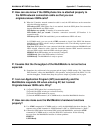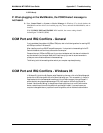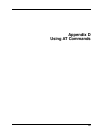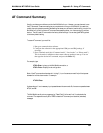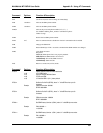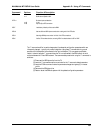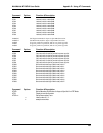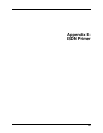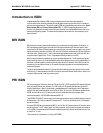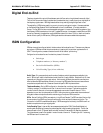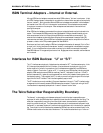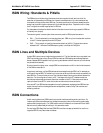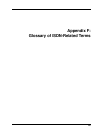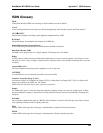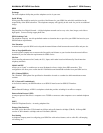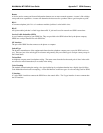
MultiMobile MT128ZLX User Guide Appendix E: ISDN Primer
241
Introduction to ISDN
Integrated Services Digital Network (ISDN) is a digital telephony service that offers high-speed data
communications over the existing twisted-pair copper telephone wiring commonly found in residential
and commercial phone service. Two distinct types of ISDN service are available around the world: : Basic
Rate Interface (BRI) and Primary Rate Interface (PRI). In ISDN, the signalling bitstream is time-
division-multiplexed, which means that multiple data “channels” are interspersed with each other in the
same physical signalling stream. This allows multiple data connections to occur simultaneously on the
same conductor.
BRI ISDN
BRI consists of two bearer channels (B-channels) plus one administrative data channel (D-channel). In
BRI, the telephone signalling path is divided into three digital channels: two B-channels, used for data
transmission at 56 kbps or 64 kbps (depending on telco services), and one D-channel, used to carry control
signals and customer call data, at 16 kbps. With a total of 144 kbps of data bandwidth, BRI is well suited to
individual users. (Note that the “k” used in data transmission speeds means literally 1000, not 1024, as in
computer memory descriptions. That is, 1 kbps equals 1000 bits per second, not 1024.)
Note that every B-channel is capable of carrying its own data telephone call. The B-channels are typically
used for sending voice or circuit switched data or packet switched data and can function independently of
each other or bonded together to achieve 128 kilobits-per-second of bandwidth. With ISDN you can mix
connections. You can have a voice call on B-channel while receiving packet or switched data packets on
the second B-channel.
The administrative telephony tasks of D-channels include the setting up and tearing down of calls, as well
as monitoring. D-channels also contain ANI information(Automatic Number Identification), which is the
number of the phone that is making an incoming call.
PRI ISDN
PRI has two subtypes, US orNorth American PRI and Euro PRI. US PRI consists of 23 B-channels (64 kbps
each) plus one D-channel (also 16 kbps). Euro PRI has 30 or 31 B-channels (64 kbps each) plus one D-
channel (also 64 kbps). Again, B-channels carry message data and D-channels carry control signals and
customer call data (sometimes called “administrative” data). With a total of 1544 kbps of data bandwidth,
US PRI service is carried on a T1 line and is well suited for subscribers who require greater data
transmission capacity. US PRI ISDN is described as 23B + D.
The US ISDN-PRI (23B+D) is comprised of the following components: twenty three 64 kilobits-per-second
B-channels and 1 16 kilobit-per-second D-channel over a T-1 line for a total bandwidth of 1.544 megabits-
per-second (Mbps)
European ISDN-PRI Service (described as 30B+D), with its 30 or 31 B-channels and one D-channel, can be
carried on either a T1 or E1 line and, again, is suited to customer with high data throughput requirements.
In Euro ISDN, D-channels as well as B-channels are 64 kbps and one D-channel can be used to control one
or more E1 or T1 lines.
(The remainder of this discussion will focus on BRI ISDN.)



